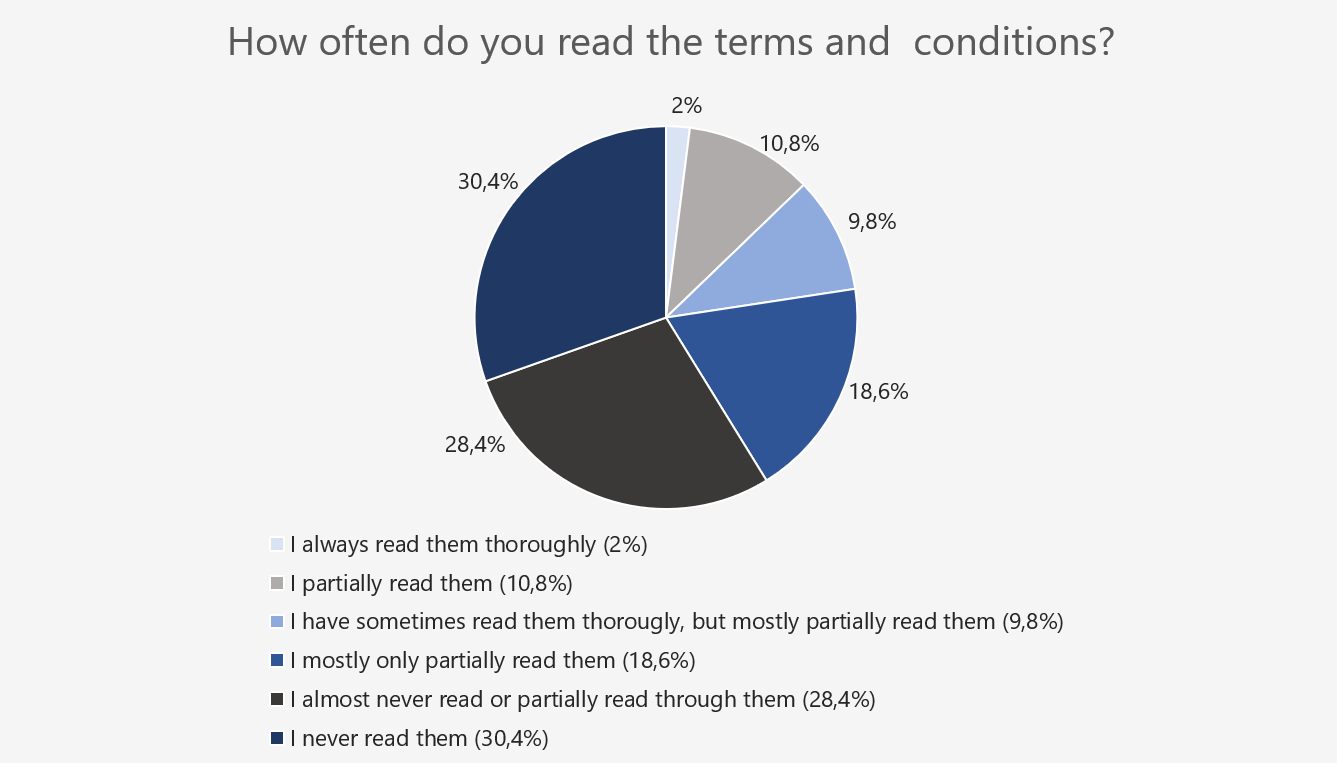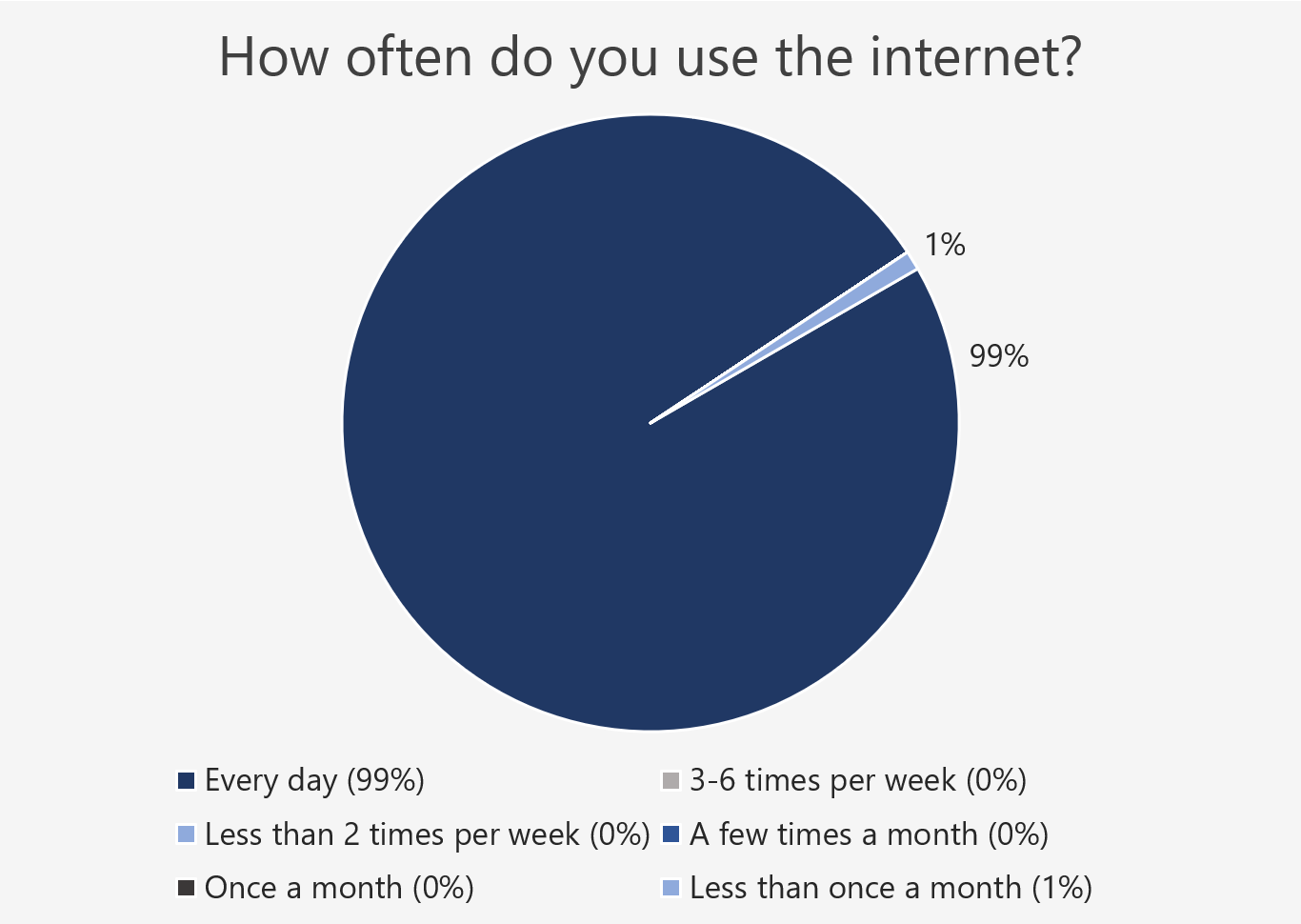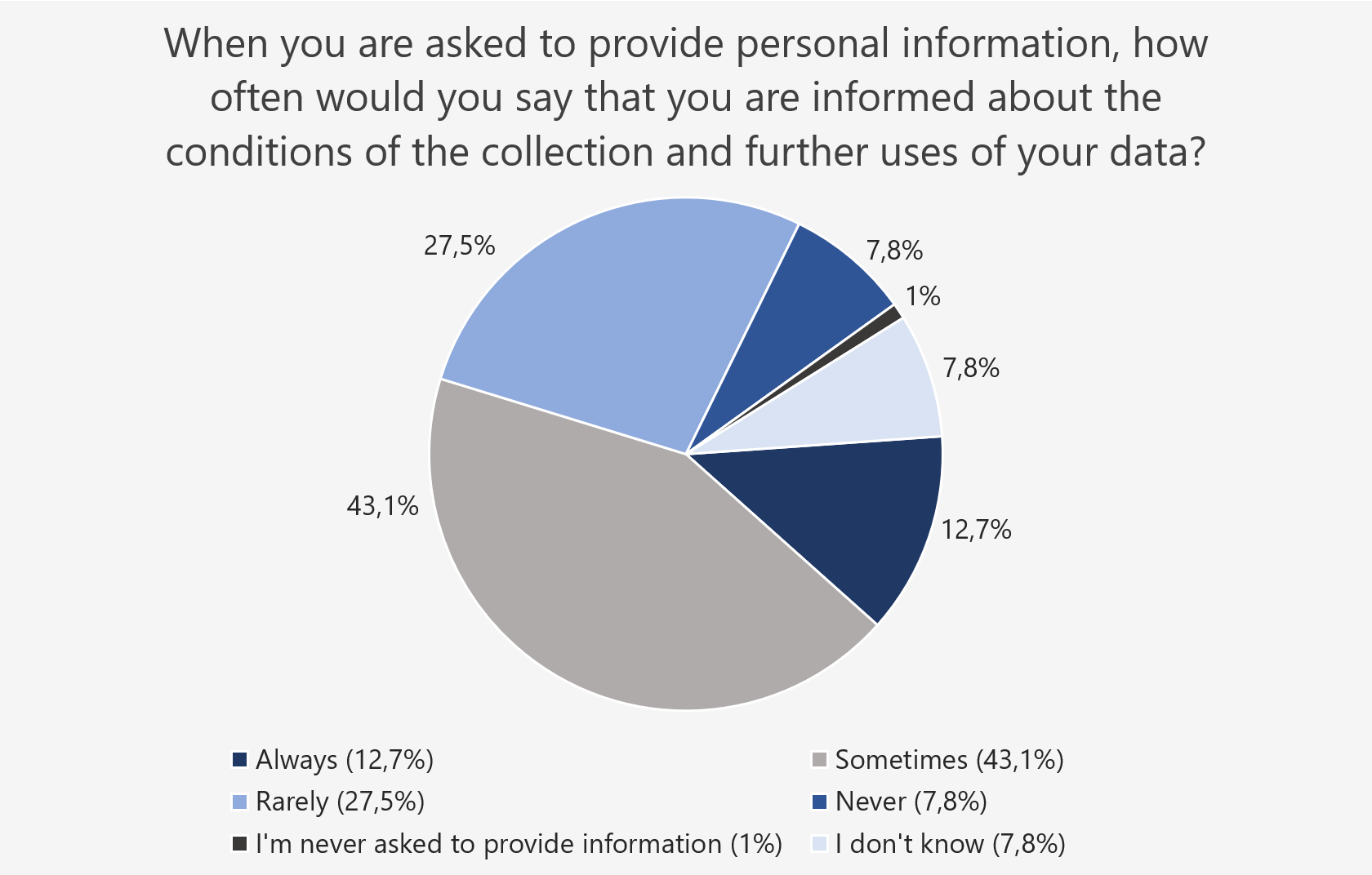Problem
We live in a world where our personal data is as valuable as our passport. Most of us keep our passport safe, but are we treating our personal information online with the same care?
According to We Are Social and Hootsuite’s research, a million new people become internet users every day. With them comes their data. Pictures, likes, posts, pages visited, time online, this showcase some of the information belonging to over 4.3 billion individuals online.
Websites, software and even internet providers gather your information daily for several reasons. From helping to identifying criminal activity to providing ads, there are many ways to justify collecting users’ data. However, that data is also valuable on the market. Your personal information can be sold or misused.
How is my information being collected?
Your information can be collected in several different ways. Usually, the user will be provided a service that asks for them to agree with certain terms and conditions. There, providers often include clauses that will allow them to collect and store data.
We posted a survey online to get a better grasp on what people do with their personal information online. It was taken by people all over the world, of all ages and genders. Although most people that answered the survey were between the ages of 18 to 36 and from Norway, we still got valuable information from people from other parts of the world. The reason we did a worldwide survey was because we wanted to see how people feel about data privacy even if their countries do not have the same regulations as we do in Europe. A report based on the survey has been created, and you can find a link to this report on the "Source"-page.
Our research suggests that only 2% of users always read the terms and conditions thoroughly. This means 98% of users are most likely consenting to things they do not understand.

An example on how companies gather your information, is through Instagram’s terms and conditions.
"When you share, post, or upload content that is covered by intellectual property rights (like photos or videos) on or in connection with our Service, you hereby grant to us a non-exclusive, royalty-free, transferable, sub-licensable, worldwide license to host, use, distribute, modify, run, copy, publicly perform or display, translate, and create derivative works of your content (consistent with your privacy and application settings).”
You are provided with a social network where you can post pictures and videos. In exchange, you give the company the right to use, sell and create copies without any obligation of paying the user back.
How is my information being used?
Your information can be used for all types of purposes, as long as some sort of consent is given. When you check the box “I have read and agree with the terms and conditions” or accept cookies, you consent.
That means your data is most likely negotiated in the stock market. In fact, over 19.2 billion dollars were invested on third-party audience data and data-use solutions in 2018. Therefore, if you think that ordinary people are not targeted, think again. As long as you are a potential consumer, your data is valuable and therefore sellable.
Why should I care about this?
Our research shows that most people use the internet daily. This implies that they are also feeding websites, companies, data brokers and the likes with thousands of bits of information.

However, a great majority of people claim to never (7.8%) or only at times (70.6%) be aware of the conditions of the collection and further uses of their data. In short, it means that those who collect our data know a lot about us, but we don’t know much about them or how they are using it. This gives them the power.
